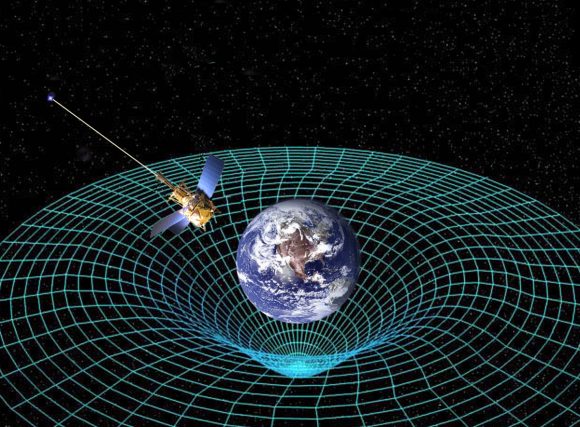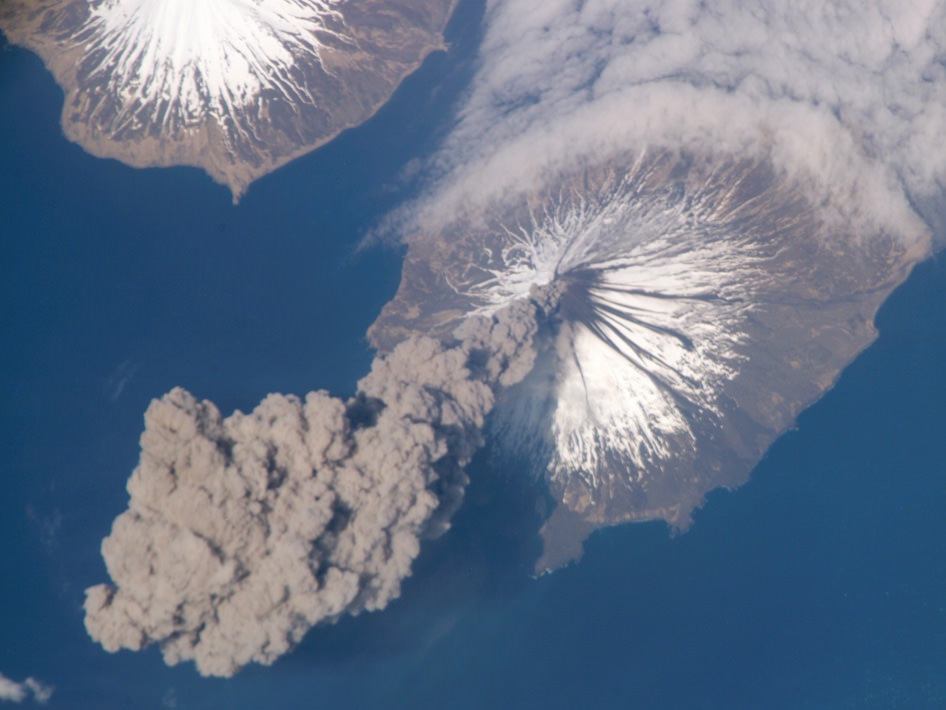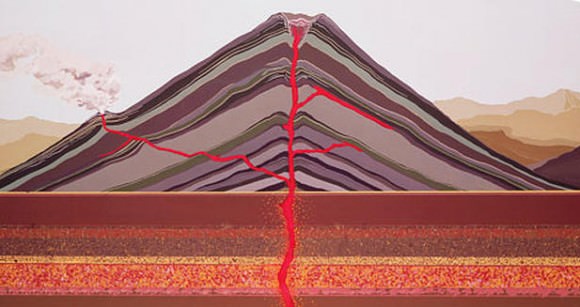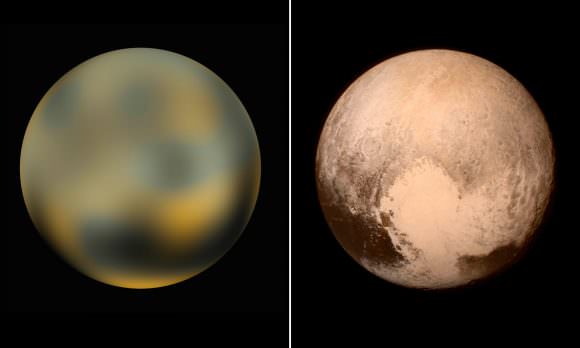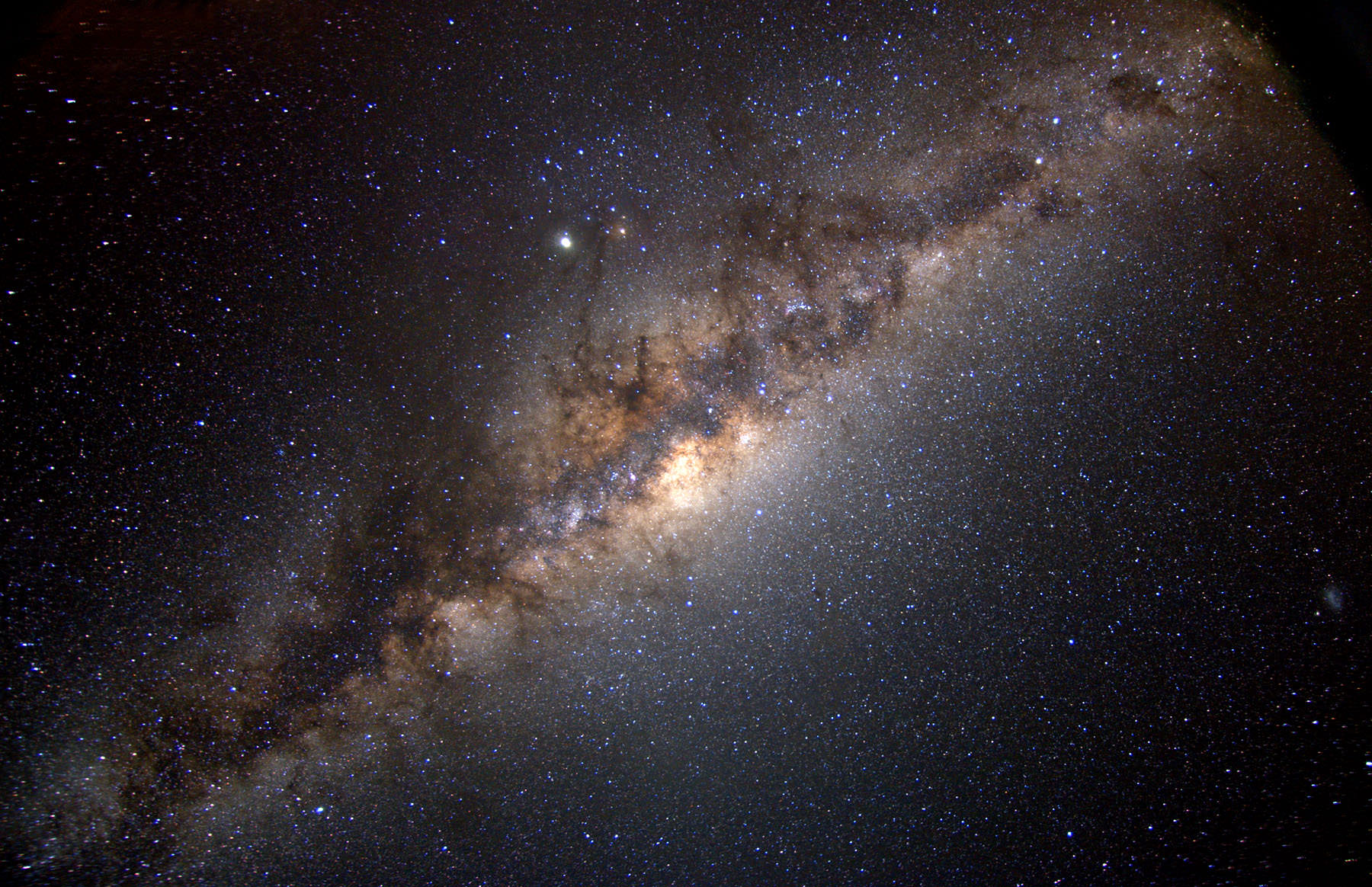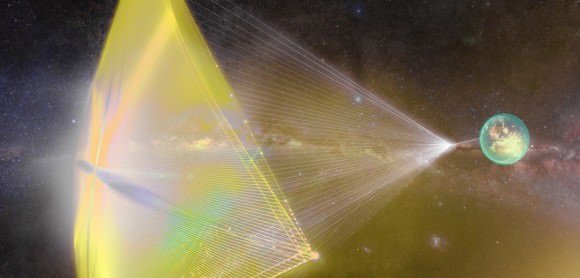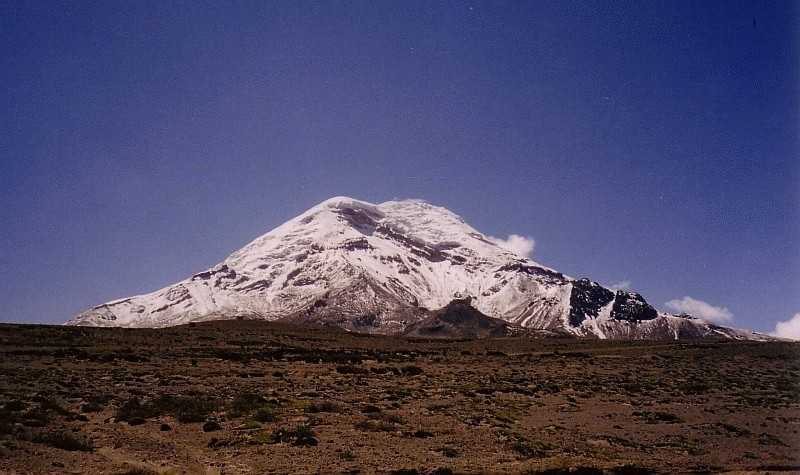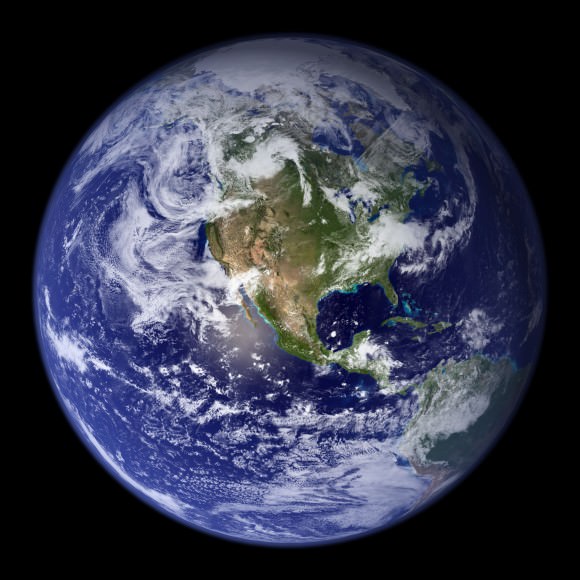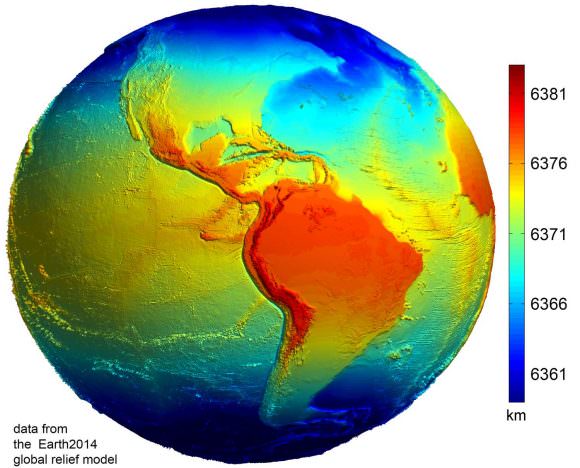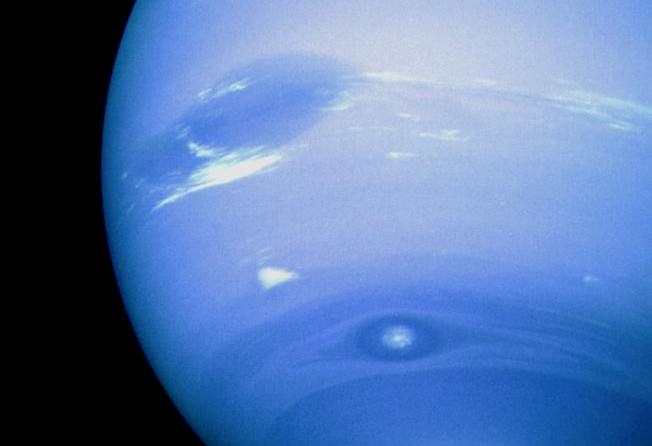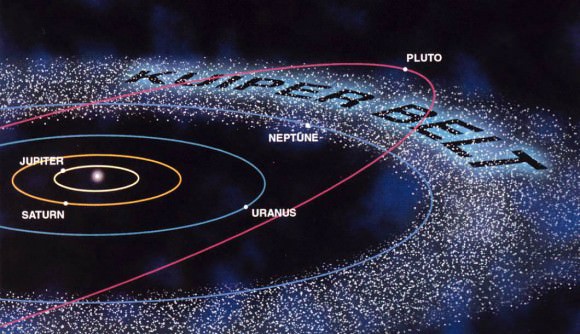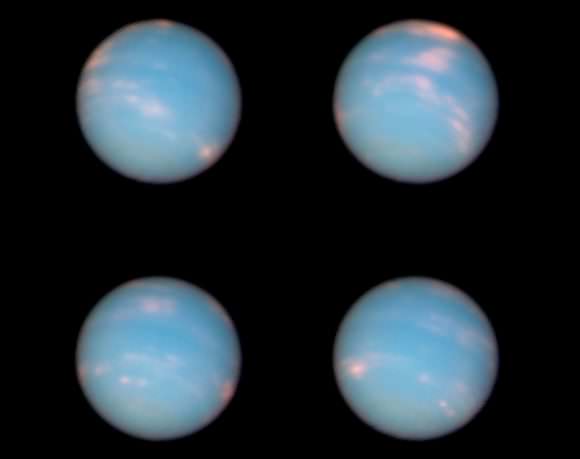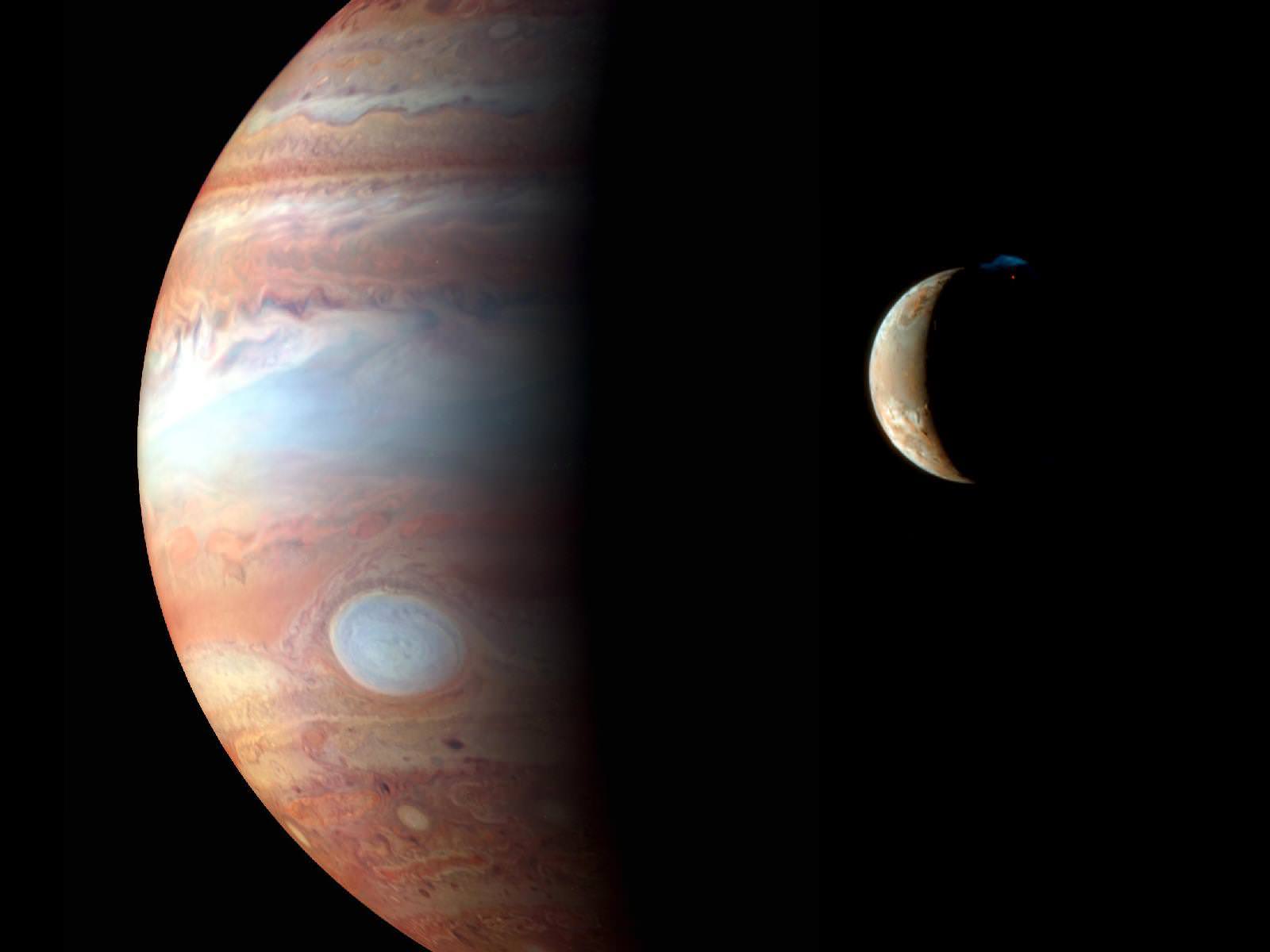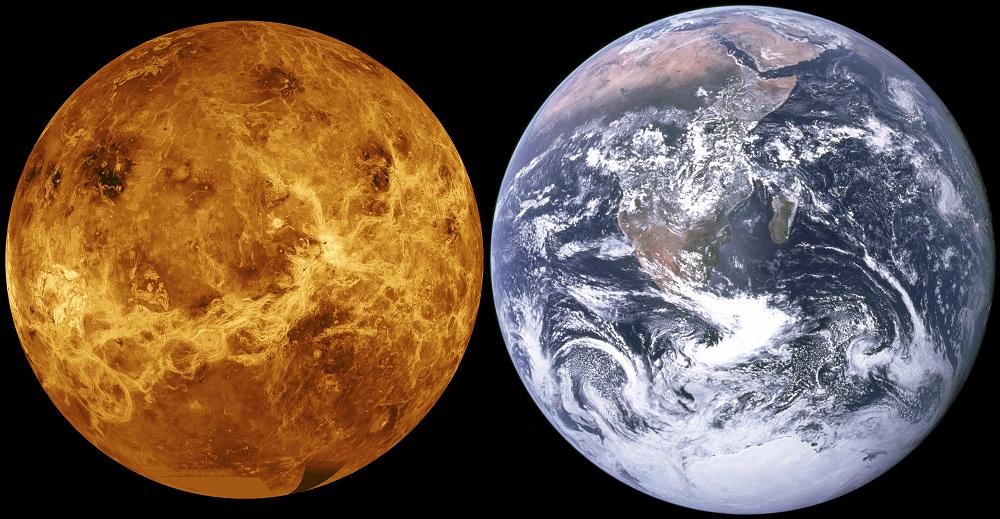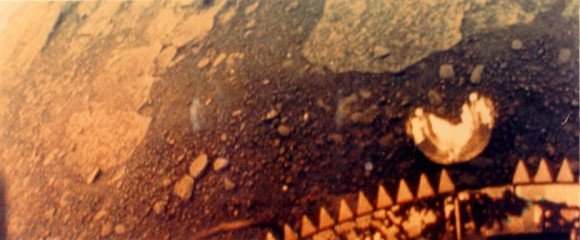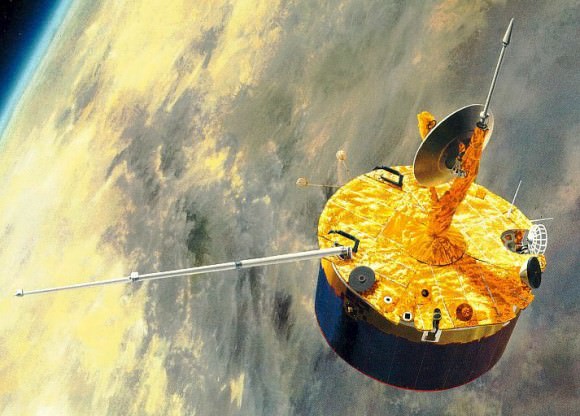Planet Earth. That shiny blue marble that has fascinated humanity since they first began to walk across its surface. And why shouldn’t it fascinate us? In addition to being our home and the place where life as we know it originated, it remains the only planet we know of where life thrives. And over the course of the past few centuries, we have learned much about Earth, which has only deepened our fascination with it.
But how much does the average person really know about the planet Earth? You’ve lived on Planet Earth all of your life, but how much do you really know about the ground underneath your feet? You probably have lots of interesting facts rattling around in your brain, but here are 10 more interesting facts about Earth that you may, or may not know.
1. Plate Tectonics Keep the Planet Comfortable:
Earth is the only planet in the Solar System with plate tectonics. Basically, the outer crust of the Earth is broken up into regions known as tectonic plates. These are floating on top of the magma interior of the Earth and can move against one another. When two plates collide, one plate will subduct (go underneath another), and where they pull apart, they will allow fresh crust to form.

This process is very important, and for a number of reasons. Not only does it lead to tectonic resurfacing and geological activity (i.e. earthquakes, volcanic eruptions, mountain-building, and oceanic trench formation), it is also intrinsic to the carbon cycle. When microscopic plants in the ocean die, they fall to the bottom of the ocean.
Over long periods of time, the remnants of this life, rich in carbon, are carried back into the interior of the Earth and recycled. This pulls carbon out of the atmosphere, which makes sure we don’t suffer a runaway greenhouse effect, which is what happened on Venus. Without the action of plate tectonics, there would be no way to recycle this carbon, and the Earth would become an overheated, hellish place.
2. Earth is Almost a Sphere:
Many people tend to think that the Earth is a sphere. In fact, between the 6th cenury BCE and the modern era, this remained the scientific consensus. But thanks to modern astronomy and space travel, scientists have since come to understand that the Earth is actually shaped like a flattened sphere (aka. an oblate spheroid).
This shape is similar to a sphere, but where the poles are flattened and the equator bulges. In the case of the Earth, this bulge is due to our planet’s rotation. This means that the measurement from pole to pole is about 43 km less than the diameter of Earth across the equator. Even though the tallest mountain on Earth is Mount Everest, the feature that’s furthest from the center of the Earth is actually Mount Chimborazo in Ecuador.

3. Earth is Mostly Iron, Oxygen and Silicon:
If you could separate the Earth out into piles of material, you’d get 32.1 % iron, 30.1% oxygen, 15.1% silicon, and 13.9% magnesium. Of course, most of this iron is actually located at the core of the Earth. If you could actually get down and sample the core, it would be 88% iron. And if you sampled the Earth’s crust, you’d find that 47% of it is oxygen.
4. 70% of the Earth’s Surface is Covered in Water:
When astronauts first went into the space, they looked back at the Earth with human eyes for the first time. Based on their observations, the Earth acquired the nickname the “Blue Planet:. And it’s no surprise, seeing as how 70% of our planet is covered with oceans. The remaining 30% is the solid crust that is located above sea level, hence why it is called the “continental crust”.
5. The Earth’s Atmosphere Extends to a Distance of 10,000 km:
Earth’s atmosphere is thickest within the first 50 km from the surface or so, but it actually reaches out to about 10,000 km into space. It is made up of five main layers – the Troposphere, the Stratosphere, the Mesosphere, the Thermosphere, and the Exosphere. As a rule, air pressure and density decrease the higher one goes into the atmosphere and the farther one is from the surface.

The bulk of the Earth’s atmosphere is down near the Earth itself. In fact, 75% of the Earth’s atmosphere is contained within the first 11 km above the planet’s surface. However, the outermost layer (the Exosphere) is the largest, extending from the exobase – located at the top of the thermosphere at an altitude of about 700 km above sea level – to about 10,000 km (6,200 mi). The exosphere merges with the emptiness of outer space, where there is no atmosphere.
The exosphere is mainly composed of extremely low densities of hydrogen, helium and several heavier molecules – including nitrogen, oxygen and carbon dioxide. The atoms and molecules are so far apart that the exosphere no longer behaves like a gas, and the particles constantly escape into space. These free-moving particles follow ballistic trajectories and may migrate in and out of the magnetosphere or with the solar wind.
Want more planet Earth facts? We’re halfway through. Here come 5 more!
6. The Earth’s Molten Iron Core Creates a Magnetic Field:
The Earth is like a great big magnet, with poles at the top and bottom near to the actual geographic poles. The magnetic field it creates extends thousands of kilometers out from the surface of the Earth – forming a region called the “magnetosphere“. Scientists think that this magnetic field is generated by the molten outer core of the Earth, where heat creates convection motions of conducting materials to generate electric currents.

Be grateful for the magnetosphere. Without it, particles from the Sun’s solar wind would hit the Earth directly, exposing the surface of the planet to significant amounts of radiation. Instead, the magnetosphere channels the solar wind around the Earth, protecting us from harm. Scientists have also theorized that Mars’ thin atmosphere is due to it having a weak magnetosphere compared to Earth’s, which allowed solar wind to slowly strip it away.
7. Earth Doesn’t Take 24 Hours to Rotate on its Axis:
It actually takes 23 hours, 56 minutes and 4 seconds for the Earth to rotate once completely on its axis, which astronomers refer to as a Sidereal Day. Now wait a second, doesn’t that mean that a day is 4 minutes shorter than we think it is? You’d think that this time would add up, day by day, and within a few months, day would be night, and night would be day.
But remember that the Earth orbits around the Sun. Every day, the Sun moves compared to the background stars by about 1° – about the size of the Moon in the sky. And so, if you add up that little motion from the Sun that we see because the Earth is orbiting around it, as well as the rotation on its axis, you get a total of 24 hours.
This is what is known as a Solar Day, which – contrary to a Sidereal Day – is the amount of time it takes the Sun to return to the same place in the sky. Knowing the difference between the two is to know the difference between how long it takes the stars to show up in the same spot in the sky, and the it takes for the sun to rise and set once.
8. A year on Earth isn’t 365 days:
It’s actually 365.2564 days. It’s this extra .2564 days that creates the need for a Leap Year once ever four years. That’s why we tack on an extra day in February every four years – 2004, 2008, 2012, etc. The exceptions to this rule is if the year in question is divisible by 100 (1900, 2100, etc), unless it divisible by 400 (1600, 2000, etc).
9. Earth has 1 Moon and 2 Co-Orbital Satellites:
As you’re probably aware, Earth has 1 moon (aka. The Moon). Plenty is known about this body and we have written many articles about it, so we won’t go into much detail there. But did you know there are 2 additional asteroids locked into a co-orbital orbits with Earth? They’re called 3753 Cruithne and 2002 AA29, which are part of a larger population of asteroids known as Near-Earth Objects (NEOs).
The asteroid known as 3753 Cruithne measures 5 km across, and is sometimes called “Earth’s second moon”. It doesn’t actually orbit the Earth, but has a synchronized orbit with our home planet. It also has an orbit that makes it look like it’s following the Earth in orbit, but it’s actually following its own, distinct path around the Sun.
Meanwhile, 2002 AA29 is only 60 meters across and makes a horseshoe orbit around the Earth that brings it close to the planet every 95 years. In about 600 years, it will appear to circle Earth in a quasi-satellite orbit. Scientists have suggested that it might make a good target for a space exploration mission.
10. Earth is the Only Planet Known to Have Life:
We’ve discovered past evidence of water and organic molecules on Mars, and the building blocks of life on Saturn’s moon Titan. We can see amino acids in nebulae in deep space. And scientists have speculated about the possible existence of life beneath the icy crust of Jupiter’s moon Europa and Saturn’s moon Titan. But Earth is the only place life has actually been discovered.
But if there is life on other planets, scientists are building the experiments that will help find it. For instance, NASA just announced the creation of the Nexus for Exoplanet System Science (NExSS), which will spend the coming years going through the data sent back by the Kepler space telescope (and other missions that have yet to be launched) for signs of life on extra-solar planets.

Giant radio dishes are currently scan distant stars, listening for the characteristic signals of intelligent life reaching out across interstellar space. And newer space telescopes, such as NASA’s James Webb Telescope, the Transiting Exoplanet Survey Satellite (TESS), and the European Space Agency’s Darwin mission might just be powerful enough to sense the presence of life on other worlds.
But for now, Earth remains the only place we know of where there’s life. Now that is an interesting fact!
We have written many interesting articles about planet Earth here on Universe Today. Here’s What is the Highest Place on Earth?, What is the Diameter of the Earth?, What is the Closest Planet to Earth?, What is the Surface Temperature of Earth? and The Rotation of the Earth?
Other articles include how fast the Earth rotates, and here’s an article about the closest star to Earth. If you’d like more info on Earth, check out NASA’s Solar System Exploration Guide on Earth. And here’s a link to NASA’s Earth Observatory.
And there’s even an Astronomy Cast episode on the subject of planet Earth.



